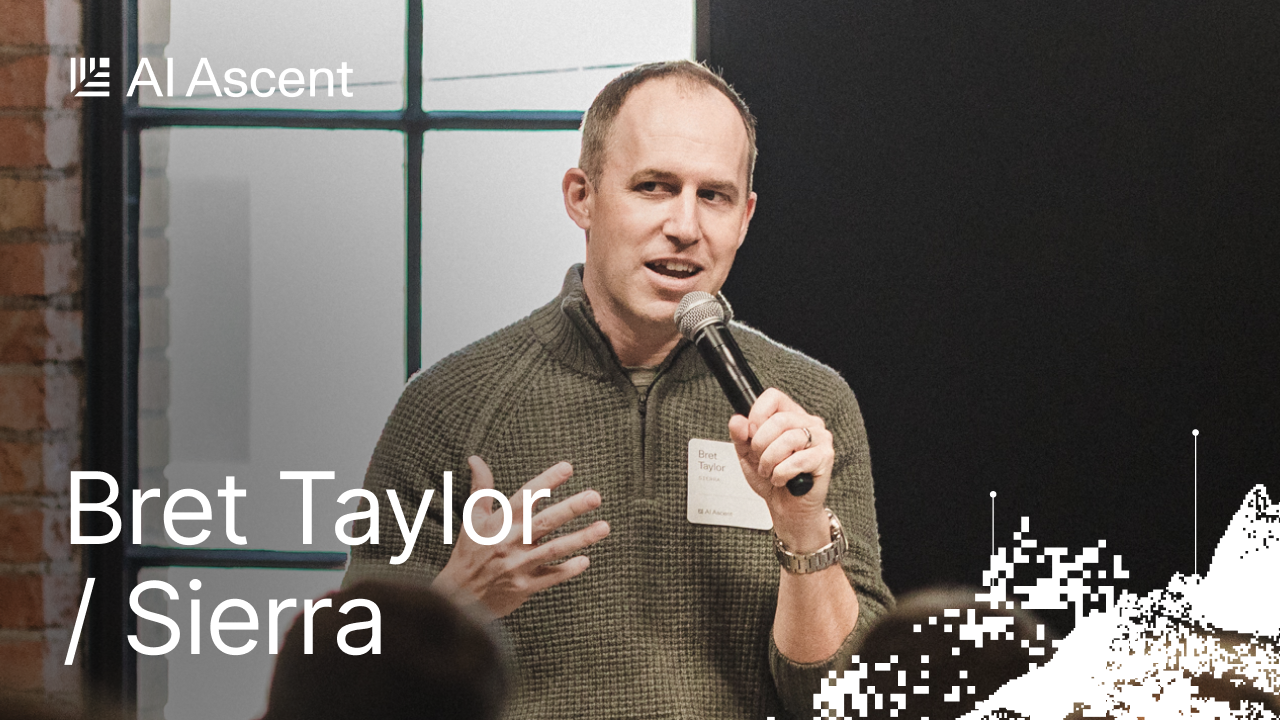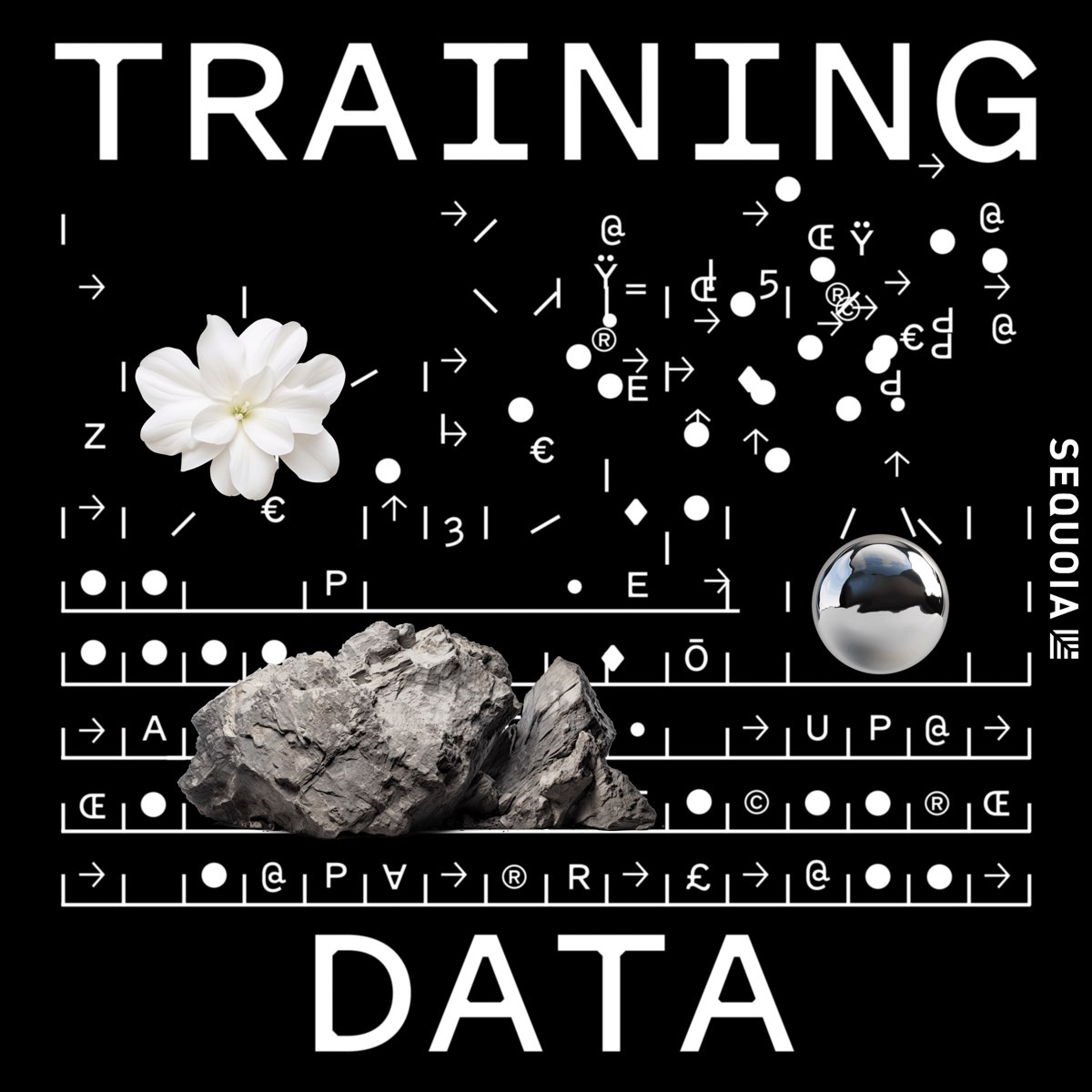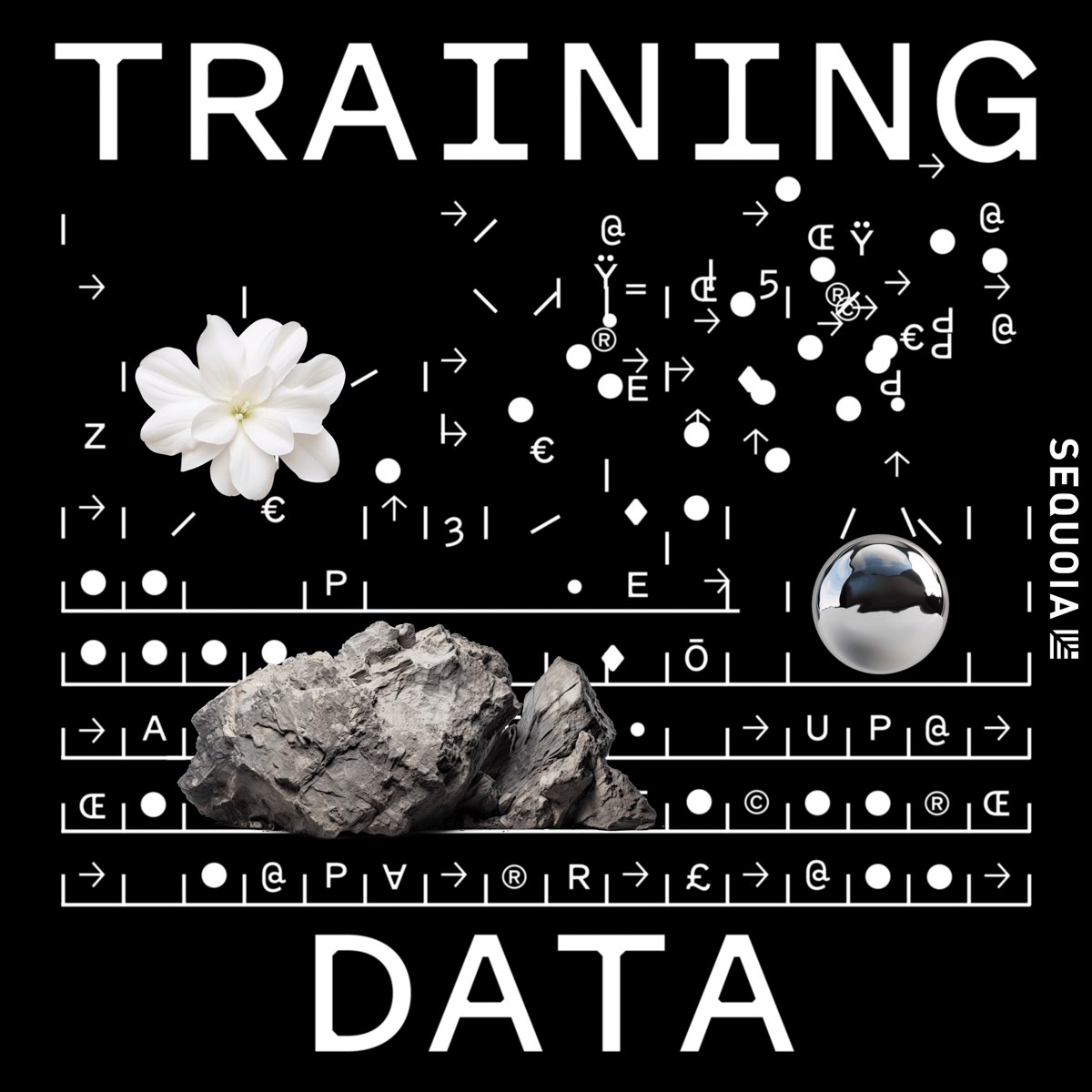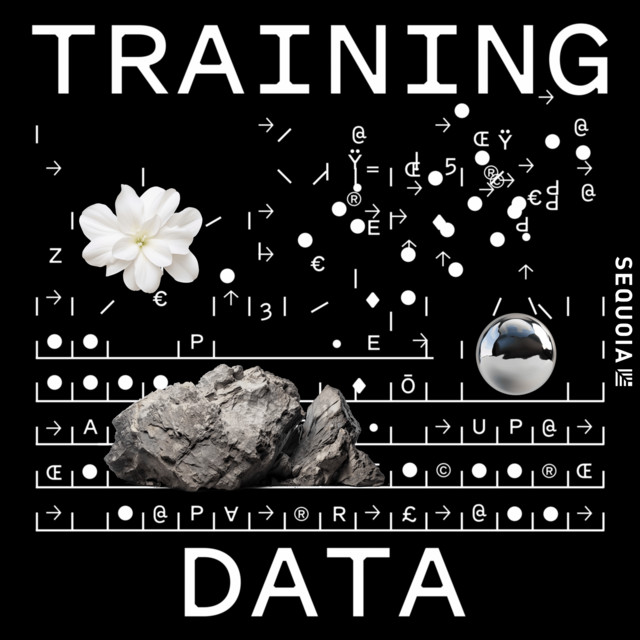## Buckle Up, Gamers: AI is About to Rewrite the Rules 🕹️
Forget everything you thought you knew about software. The game’s changed, folks, and the new player in town is Artificial Intelligence. 🧠
Join us LIVE as Bret Taylor, CEO of Sierra – Sequoia Capital, drops some serious knowledge on how AI is revolutionizing the very fabric of software business models. We’re talking about game-changing innovations that’ll have you questioning everything from subscription fees to in-game economies. 💰

Navigating the New Landscape: Business Strategies for the AI Era
The rapid evolution of artificial intelligence (AI) is fundamentally reshaping software business models, demanding a strategic shift in how companies approach growth, differentiation, and pricing. Gamestanza spoke with Bret Taylor, Founder and CEO of Sierra and former Facebook CTO and Salesforce co-CEO, to gain insights into navigating this transformative landscape.

Adapting to Growth: Understanding the Need to Evolve Business Focus Alongside Company Growth
Taylor emphasizes that as companies grow, their focus must evolve to address the most pressing business needs. “Early-stage companies naturally emphasize product,” he explains. “But scaling requires expanding beyond your comfort zone to address whatever the business needs most urgently—whether that’s go-to-market strategy, team building or competitive positioning.”
This means being flexible and adaptable, recognizing that the core competencies that drove initial success may not be sufficient for sustained growth in the AI era.

Unlocking Core Differentiation: Exploring How Startups Can Leverage Existing Tools and Technologies to Focus on Their Unique Value Proposition
Taylor argues that modern startups can leverage readily available cloud, financial, and operational tools to focus almost entirely on their unique value proposition. “Every moment spent on commodity functions is time not spent on true differentiation,” he asserts.
This means identifying the specific problem your AI solution solves better than any other and tailoring your efforts to showcase that unique value. It’s about building a strong competitive moat rather than competing on features and functionality.

Pricing for Value: Analyzing the Importance of Aligning Pricing Models with Customer Value and Buying Processes
Taylor stresses the importance of aligning pricing models with customer value and buying processes. “Consider both cost savings and revenue growth potential,” he advises. “But recognize that pricing structure needs to match how customers actually buy—sometimes subscription models work better than usage-based pricing due to procurement constraints, even if usage-based seems more logical.”
This requires a deep understanding of your target customer’s needs, pain points, and purchasing behavior. It’s not just about the technical capabilities of your AI; it’s about demonstrating the tangible value it delivers and structuring your pricing accordingly.

The Future of AI: Insights from Arc Institute
Patrick Hsu, co-founder of Arc Institute, joined the conversation to shed light on the transformative potential of AI in biology, particularly in areas beyond drug discovery.
AI Beyond Drug Development
Hsu argues that AI’s impact on biology extends far beyond drug discovery, offering exciting possibilities for understanding and manipulating the very building blocks of life. “AI can be used to analyze vast amounts of genomic data, identify patterns, and make predictions about biological processes,” he explains. “This opens up new avenues for research in fields such as personalized medicine, synthetic biology, and agriculture.”
Evo 2: Demystifying the New Biology Foundation Model and Its Capabilities in Understanding Evolutionary Patterns and Its Potential Impact on Research
Hsu highlights Evo 2, Arc Institute’s new biology foundation model, as a key development in this field. Trained on a massive dataset of genomic data, Evo 2 has learned to understand evolutionary patterns at an unprecedented level. “Evo 2 can be used to identify mutations that cause disease, design new molecular and even genome-scale biological systems, and predict how organisms will evolve in response to environmental changes,” Hsu explains.
This opens up a world of possibilities for researchers, enabling them to explore biological complexity in new ways and accelerate discoveries.
The AI-Powered Future of Healthcare: Discussing the Implications of Evo 2 and Other AI Advancements for Healthcare and Disease Research
The potential implications of Evo 2 and other AI advancements for healthcare are profound. “AI can help us understand the mechanisms underlying diseases, develop new therapies, and personalize treatment plans,” Hsu states. “Evo 2, in particular, can be used to design new drugs and therapies that target specific genetic mutations, leading to more effective and personalized treatments.”
This AI-powered revolution in healthcare has the potential to transform the way we diagnose, treat, and prevent diseases, leading to a healthier future for all.
Conclusion
Bret Taylor’s insights paint a captivating picture of the future where software evolves beyond traditional licensing models. The “LIVE” approach, powered by AI, promises a dynamic and responsive landscape where users engage with software as a constantly evolving experience. This shift isn’t just about updating features; it’s about creating a symbiotic relationship between software and its users, where AI learns, adapts, and personalizes the experience in real-time. Imagine a world where your gaming platform anticipates your needs, suggesting new titles based on your playstyle, or even dynamically adjusting difficulty levels to keep you challenged. This live evolution, fueled by AI and user data, has the potential to redefine user engagement, redefine the very nature of software ownership, and usher in an era of unprecedented personalization and interactivity. The lines between developer and user blur, becoming collaborators in a constantly evolving digital ecosystem. As Taylor eloquently stated, “The future of software is LIVE.” Are you ready to join the experience?
